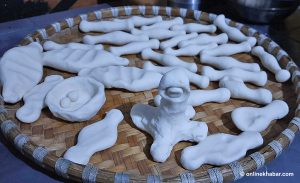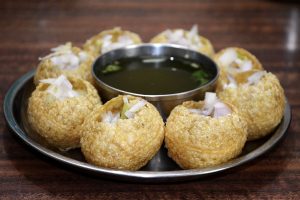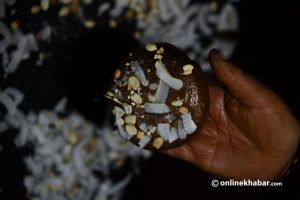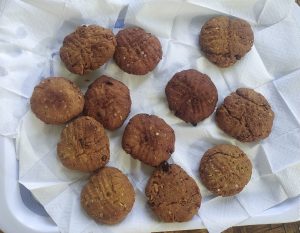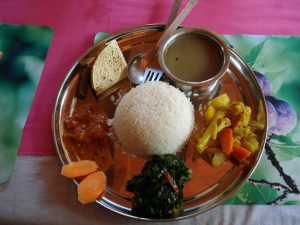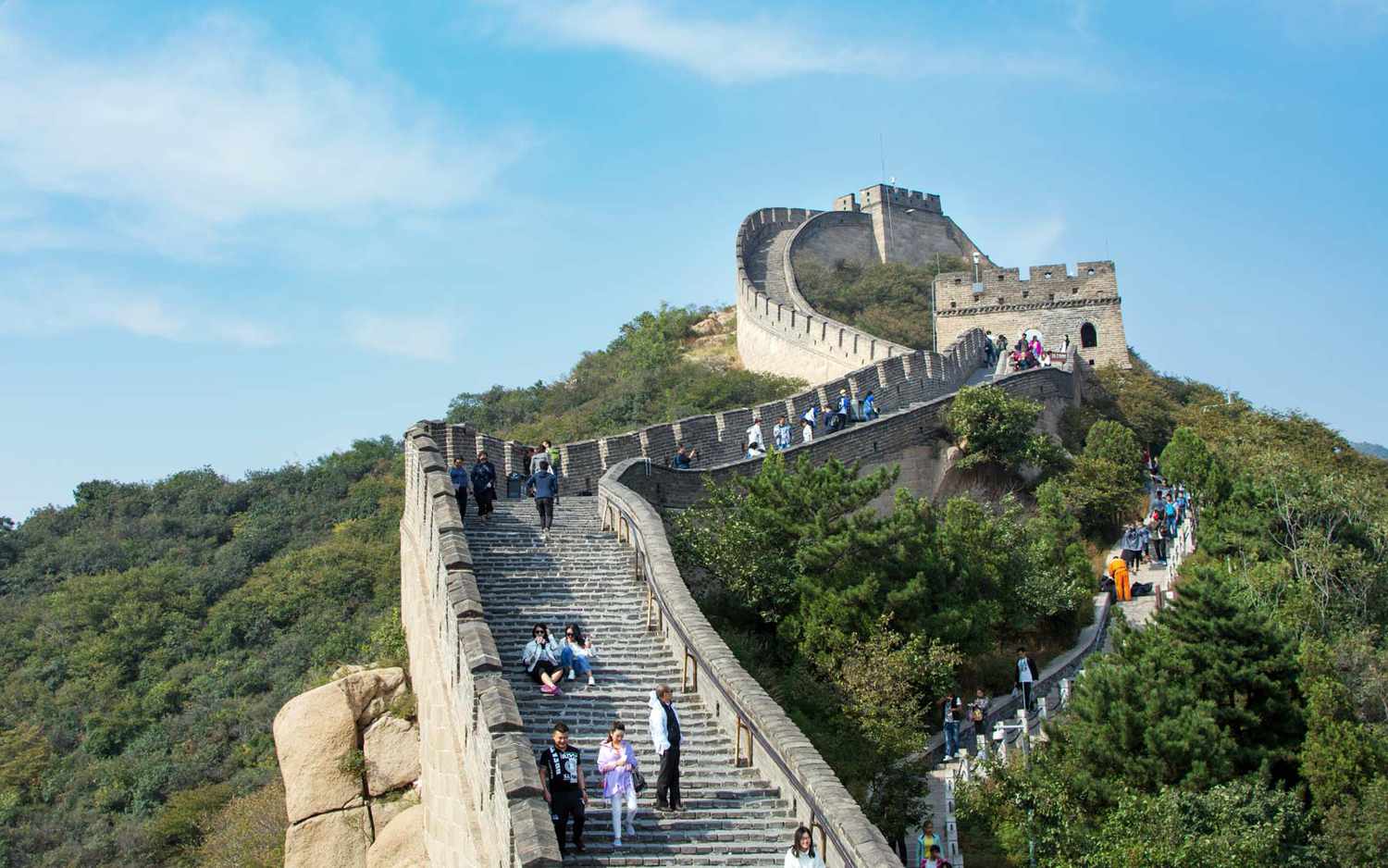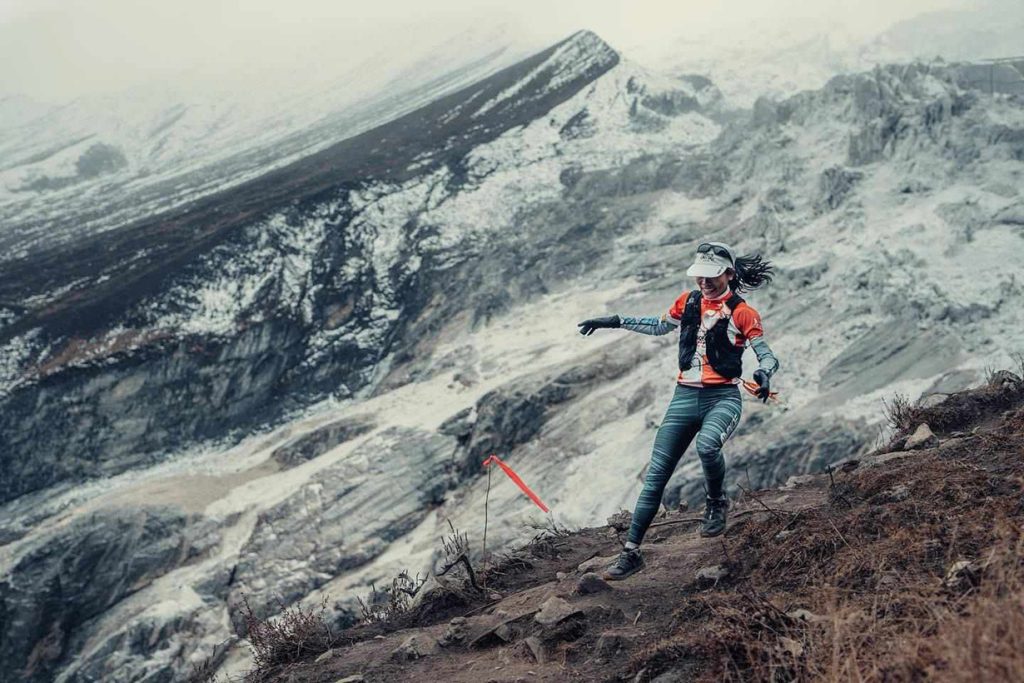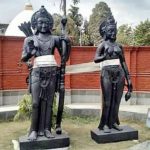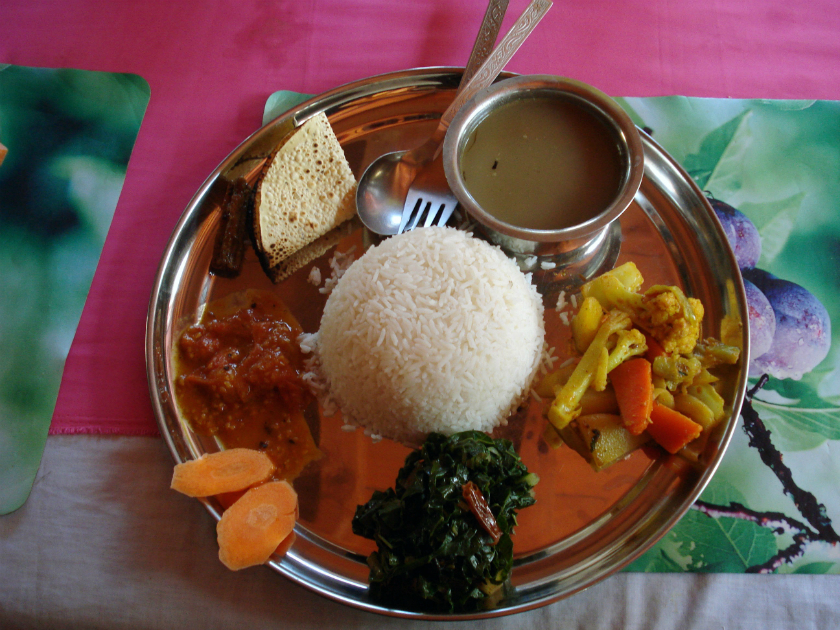
My fixation with our traditional Nepali staple food, dal-bhat is nothing short of phenomenal. I am, in truth, obsessed with it. No less than one meal of dal-bhat each day is a ‘sine qua non’ for me. Call it my ‘monomania’, it went through the ceilings and I was virtually driven to a point of desperation when I had to do without dal-bhat for days during my visit to the USA.
 Fortuitously, I was, most times, spared the misery of forgoing dal-bhat as most of the Nepali friends and relatives I visited ate dal-bhat, at least one meal every day. But that was short-lived. During the last stretch of my sojourn at my daughter’s in Ohio, I had to go to great lengths to cook it myself for the simple reason that she and her husband (she is married to an American fellow), literally did not eat dal-bhat.
Fortuitously, I was, most times, spared the misery of forgoing dal-bhat as most of the Nepali friends and relatives I visited ate dal-bhat, at least one meal every day. But that was short-lived. During the last stretch of my sojourn at my daughter’s in Ohio, I had to go to great lengths to cook it myself for the simple reason that she and her husband (she is married to an American fellow), literally did not eat dal-bhat.
Nearly, all Nepalis in US like eating dal-bhat . . . and love it. My survey of Nepalis or Nepali Americans (naturalised citizens) in the US during my stay there brought to light that they often took dal-bhat for lunch (on holidays) or dinner (other days).
So what’s in dal-bhat, nutritionally? It’s time I did some digging into it, I thought. By sheer coincidence, I happened to know about a Nepali lady (we have not met), Dixya Bhattarai, a registered dietitian nutritionist, residing in the US. She also happens to be a food blogger (www.foodpleasureandhealth.com) and has been writing since 2012.
“I picked the name ‘Food, Pleasure, and Health’ on a whim, it somehow ties in my philosophy. I wholeheartedly believe that food helps us stay healthy, enriches our well-being and brings pleasure to our lives,” writes Dixya in her blog. More than that, she loves dal-bhat and momo.
It just struck me why not approach Dixya for an interview, obviously online. Give it a whirl, I decided! I sent her an email, and her pat reply was there; it was a big yes! She agreed to do the interview.
What is your perspective on our traditional Nepali staple food, dal-bhat? Is it wholesome?
Dal-bhat is a pretty wholesome meal as long as we include 1-2 vegetables as a side dish. In my personal opinion, vegetables do not get enough attention on our plate.
Do you still like eating them even in America?
Absolutely!
Now that you are a registered dietitian nutritionist, how do you professionally evaluate our dal-bhat, nutrition-wise, calorie-wise and health-benefit wise?
A lot of times dal-bhat gets a bad reputation for being “too carb heavy” but that has to do with portion size rather than the meal itself. A well-rounded plate should be filled half with vegetables, preferably sautéed and steamed, ¼ of the plate should include lean protein such as dal or chicken or goat curry, and the remaining ¼ should have carbohydrates like rice.
Over the years, there has been a great increase in the consumption of meat and fewer vegetables but if we are able to make that shift towards eating more vegetables, it will greatly enhance the nutritional value of dal-bhat.
How would you weigh up our dal-bhat in your assessment, vis-à-vis calorie counts and BMI’s?
Over the years, my philosophy on calorie counts and BMI for measuring individual’s health and well-being has changed.
Calorie counts and BMI can be used for quick assessment; but instead of solely focusing on those tools, I like to approach one’s health from a holistic perspective.
A healthy body is so much more than one’s weight and it’s really important to address one’s stress level, quality of sleep, and mental and emotional health.
Can you break down the nutrition value of, let’s say a one-time meal of dal-bhat, one variety of vegetable, one green leafy vegetable and an achar(chutney)?
In general, bhat (rice) is a great source of carbohydrate, which our body needs for energy while dal (lentil) provides the protein, fibre, and lots of vitamins and minerals.
Dal is one of the most inexpensive sources of protein especially for anyone looking to eat on a budget or wants to incorporate more plant-based protein into their diet.
Vegetables, both leafy greens and non-leafy ones are lower in calories and are a good source of fibre, which helps us keep full longer, keeps our digestion regular, and lowers cholesterol.
I highly encourage everyone to eat 1-2 servings of vegetables at each meal. Achar (pickles) is a great condiment as it adds a nice savoury-sweet flavour to the meal and fermented pickles are good for digestion due to the presence of gut-friendly bacteria.
Is a basic diet of dal-bhat , one or two vegetable and an achar enough to meet the daily calorie requirement of an average Nepali person?
I think so and I’d suggest trying different grains and lentils to add variety as well as different nutrients. Some good alternatives to rice include brown rice, quinoa, barley, millet, or even riced ‘cauliflower’.
Additionally, eating a variety of colourful seasonal vegetables (and fruits) is really important to help meet the daily requirement of vitamins and minerals.
Does it have to be supplemented by meat, mutton or chicken? How many times a week?
Not necessarily. If you are able to get your protein from plant-based sources such as lentils, beans, nuts, and soy-based protein, you can meet your protein needs on a daily basis.
However, there is absolutely nothing wrong with eating meat on a regular basis. It is important to be mindful about the type and cut of meat (leaner the better), portion size, and how it is prepared.
What do you think should be an average ‘active’ Nepali’s nutritionally balanced Nepali meal (based on a yearly basis with variations in food menu) according to your appraisal?
Nutritional needs, from one person to another person, vary depending on their age, gender, health condition, level of physical activity, and so on.
Instead of a prescribed diet plan, it is best to focus on eating more wholesome, unprocessed food with a balance of complex carbohydrate, lean protein, and good fats.
I read somewhere that Nepali dal-bhat almost fulfils the requirements of an Ornish diet. What do you say about that?
Ornish diet focuses mainly on diet low in fat and rich in unrefined plant foods. It encourages lowering the intake of high-fat animal proteins, including red meat, pork, and full-fat dairy and eats more fish, skinless chicken, avocados, nuts, and seeds.
There is also an emphasis on the consumption of complex carbohydrates such as fruits, vegetables, whole grains, legumes, nonfat dairy products, soy products and egg whites.
A traditional Nepali dal-bhat does follow some of the guidelines of the Ornish diet, but we have some room for improvement in eating more complex carbohydrates and less animal protein. Also, with the growing dependence on eating out, as a society, we are moving away from home-cooked meals.
It is convenient and sometimes even cheaper to eat out, but I think it is of prime importance to instil the culture of eating together as a family and incorporating more home-cooked meals into our daily lives.
—
Now that you know and as Dixya vouched for it, our traditional Nepali staple dal-bhat is no less wholesome than any other food in the world, enjoy eating it. Just give it a little tweak to add a little more variety and, as she says, “a shift to nutrient-dense vegetables”.
Bon appétit!




